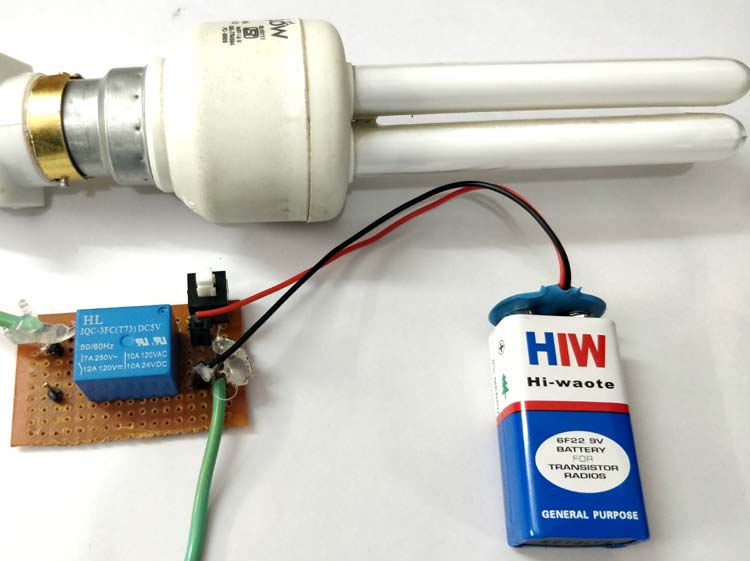In the realm of electronic components, the debate between silicon-controlled rectifiers (SCRs) and transistors has long been a topic of interest. While both devices play crucial roles in various industries, this article aims to shed light on why SCR stands out as the superior choice. By delving into the fundamental characteristics, applications, and advantages of SCR, we will uncover the reasons behind its widespread adoption and why it surpasses transistors in certain scenarios.
- Understanding SCR and Transistors:
Before delving into the comparison, it is essential to grasp the basic principles of SCR and transistors. SCR, also known as a thyristor, is a four-layer semiconductor device that acts as a switch, rectifier, or voltage regulator. On the other hand, transistors are three-layer devices that amplify or switch electronic signals and are commonly used in amplifiers, oscillators, and digital circuits. - Robustness and Power Handling:
One of the key advantages of SCR over transistors is its robustness and ability to handle high power levels. SCRs are designed to withstand high voltage and current, making them ideal for applications that require heavy-duty operations. In contrast, transistors are more suitable for low-power applications due to their limited power handling capabilities. This makes SCR the preferred choice in industries such as power electronics, motor control, and high-voltage systems. - High Voltage and Current Switching:
SCRs excel in high voltage and current switching applications, making them indispensable in industries where efficient power control is crucial. With their ability to handle large current surges and high voltage spikes, SCRs ensure reliable and safe operation in demanding environments. Transistors, although capable of switching at high frequencies, are not designed to handle the same magnitude of voltage and current as SCRs, limiting their effectiveness in high-power applications. - Latching and Holding Current:
Another distinctive feature of SCRs is their latching and holding current characteristics. Once triggered, an SCR remains conducting even after the gate signal is removed until the current flowing through it drops below a certain threshold. This property makes SCRs self-sustaining, eliminating the need for continuous gate control. In contrast, transistors require a constant input signal to remain in the conducting state. This attribute of SCRs makes them highly suitable for applications such as motor control, lighting systems, and power supplies. - Overcurrent Protection:
SCRs offer inherent overcurrent protection due to their ability to handle high surge currents. In situations where excessive current flows through the device, SCRs can withstand the surge without damage. This makes them reliable in applications where short circuits or sudden current spikes are common. Transistors, on the other hand, are more susceptible to damage from overcurrent conditions, necessitating additional protective measures.
Conclusion:
In conclusion, the superiority of SCR over transistors becomes evident when considering their robustness, power handling capabilities, high voltage and current switching abilities, latching and holding current characteristics, and inherent overcurrent protection. While transistors have their own merits and are widely used in low-power applications, SCRs shine in high-power and high-voltage scenarios. Understanding the strengths and weaknesses of each device allows engineers and designers to make informed decisions when selecting the appropriate component for their specific application.

